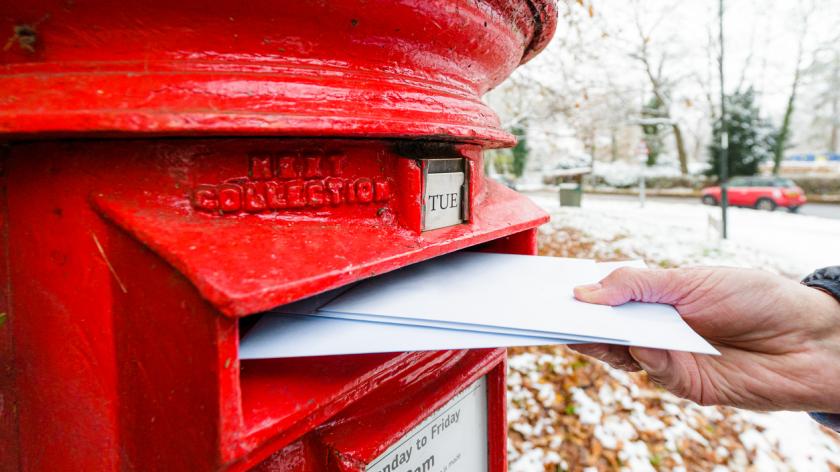Evidence now needed to claim employment expenses
by Richard Hattersley – Managing Editor, AccountingWEB
To stamp out ineligible claims and tax abuse, HMRC is changing the process for claiming PAYE employment expenses, requiring claimants to use a P87 form and provide supporting evidence..
From 14 October, anybody wanting to claim employment expenses will need to use a paper P87 form and provide supporting evidence to prove their eligibility.
HMRC is tightening the process and adopting a “check first, pay layer” approach after reporting that the current way of working has resulted in many ineligible claims for employment expenses. The changes therefore have been brought into force to reduce the tax risk.
This comes after HMRC suspended the processing of some claims on 10 June while they considered the best way to proceed.
The new approach will include increased checks alongside the changes to processes. It will only be after the taxpayer or agent has sent evidence that HMRC would confirm if they are entitled to the tax relief.
No current digital claim route
Employees incurring job-related expenses of up to £2,500 per tax year which are not fully reimbursed by their employer will need to provide the information alongside the printed P87 form in the post. HMRC said that tax agents already provide P87 claims via the post, so adding the additional evidence should not “cause agents any difficulties”.
The address to send evidence to is:
Pay As You Earn and Self Assessment
HM Revenue and Customs
BX9 1AS
HMRC said it is “working at a pace” to reinstate the digital process. Those looking to claim for uniform, work clothing and tool expenses will only have to wait until 31 October for a digital route to claim. HMRC expects all digital claim routes to be available by April 2025.
Employers can choose to reimburse expenses incurred by an employee. If not reimbursed, the employee can claim income tax relief for allowable expenses from HMRC. These customers can claim this tax relief through PAYE if the amount claimed is up to £2,500.
Examples of evidence
Now, the claimant must state which employment incurred the expense, whether the employer reimbursed any of the cost, along with evidence – and they must have paid tax in the year they are claiming.
Examples of the evidence required range from a copy of a mileage log for each employment to claim for mileage allowance; copies of receipts or other evidence showing how much was paid for subscriptions to professional bodies; evidence that the claimant must work from home, such as their employment contract, to claimants of expenses for working from home.
As for the latter point, if the claimant doesn’t have their employment contract to hand, they will have to provide other evidence that explicitly states that they must work from home – those that simply choose to work from home are not eligible to claim.
However, while evidence like receipts are needed for items such as hotel and meal expenses – where the claimant would have to include the date of a stay or a meal – the one area where it is not required is for flat rate expenses (FRE) claims.
Instead, the onus is on the taxpayer to make sure they are eligible to claim FRE; HMRC will carry out risking to identify ineligible claimants.
Tightening of the rules
The need to supply evidence is part of other changes HMRC has made to P87 to tighten the rules to reduce tax abuse and mistakes.
HMRC’s main target as of late has been high-volume agents. For example, in 2022, HMRC added additional compulsory boxes to the employment-related expenses form in an effort to curtail spurious claims and instructed that any claim must be submitted on HMRC’s prescribed form.
Previously, tax refund companies would use customised claim forms or letters which would include a deed of assignment, where the tax refunds would divert to the repayment to the high volume agent. This had duped many taxpayers and left them out of pocket.







